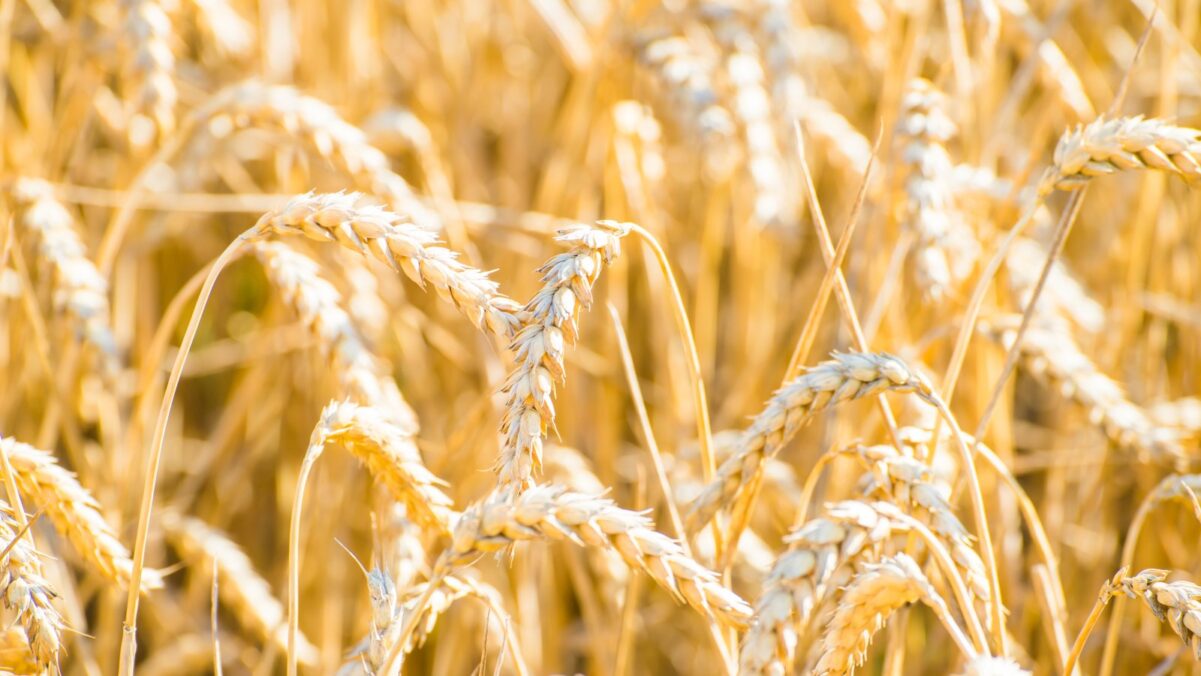
Global Wheat Stocks to Drop to Lowest Since 2015: Causes and Risks for Food Security
The world is on the brink of the sharpest decline in wheat reserves since 2015. According to the August report by the United States Department of Agriculture (USDA), global ending stocks for the 2025–2026 marketing year are projected at just 260.1 million tonnes. This is the lowest figure in nine years and a troubling sign for global food security.
The drop in reserves is primarily linked to adverse weather conditions in major producing countries. Severe heat and drought in Canada, along with excessive rainfall in parts of Europe, have already led to downward revisions. USDA notes that Canada’s production forecast has been reduced by 3 million tonnes, while the EU’s output is expected to increase by 1 million tonnes due to stable harvests in France and Germany.
Particular attention is being paid to the Black Sea region. International analysts predict that Ukraine’s harvest could fall to 17.9 million tonnes, the lowest in 13 years. Prolonged rains during the harvest period have damaged grain quality and reduced yields.
Interestingly, despite the looming wheat shortage, wheat futures have fallen by 1-2%. This is largely due to another factor a “explosive” corn forecast. USDA sharply increased its estimate for U.S. corn production by 26 million tonnes, reaching a record 16.7 billion bushels.
Traders explain that record corn stocks will ease pressure on feed wheat prices, as part of the livestock sector’s demand can be met with cheaper corn. However, food-grade wheat will remain in focus, and its scarcity could drive prices up in certain regions.
Risks for importers and global security
Analysts warn that falling world wheat stocks directly threaten importing countries, particularly those dependent on stable supplies from the Black Sea and Australia. Combined with geopolitical risks, the war in Ukraine, and climate change, this could lead to shortages of food-grade wheat in parts of the Middle East, North Africa, and Asia.
Agricultural markets economist James Patterson notes:
“When stocks drop to levels we haven’t seen since 2015, any force majeure from drought to conflict can disrupt the market. Importing countries need to prepare reserves in advance or diversify supply sources.”
Post List
Although USDA’s official forecast for Ukraine has not yet been revised, local experts warn of a significant deterioration. Persistent rainfall in July-August has not only reduced yields but also worsened the quality of food-grade wheat, which is more valuable on the global market.
Ukrainian grain associations are urging the government to speed up logistics programs and export agreements to prevent losses caused by delays and port congestion.
What’s next
The wheat market outlook for the 2025-2026 marketing year will depend on three key factors:
- Weather conditions in the Northern Hemisphere during autumn sowing.
- Stability of supplies from the Black Sea region, including Ukraine.
- Demand dynamics for food-grade wheat among importing countries.
If USDA’s low-stock projections come true, the world may face a new wave of price volatility and the need for strategic reserve building in most countries.















